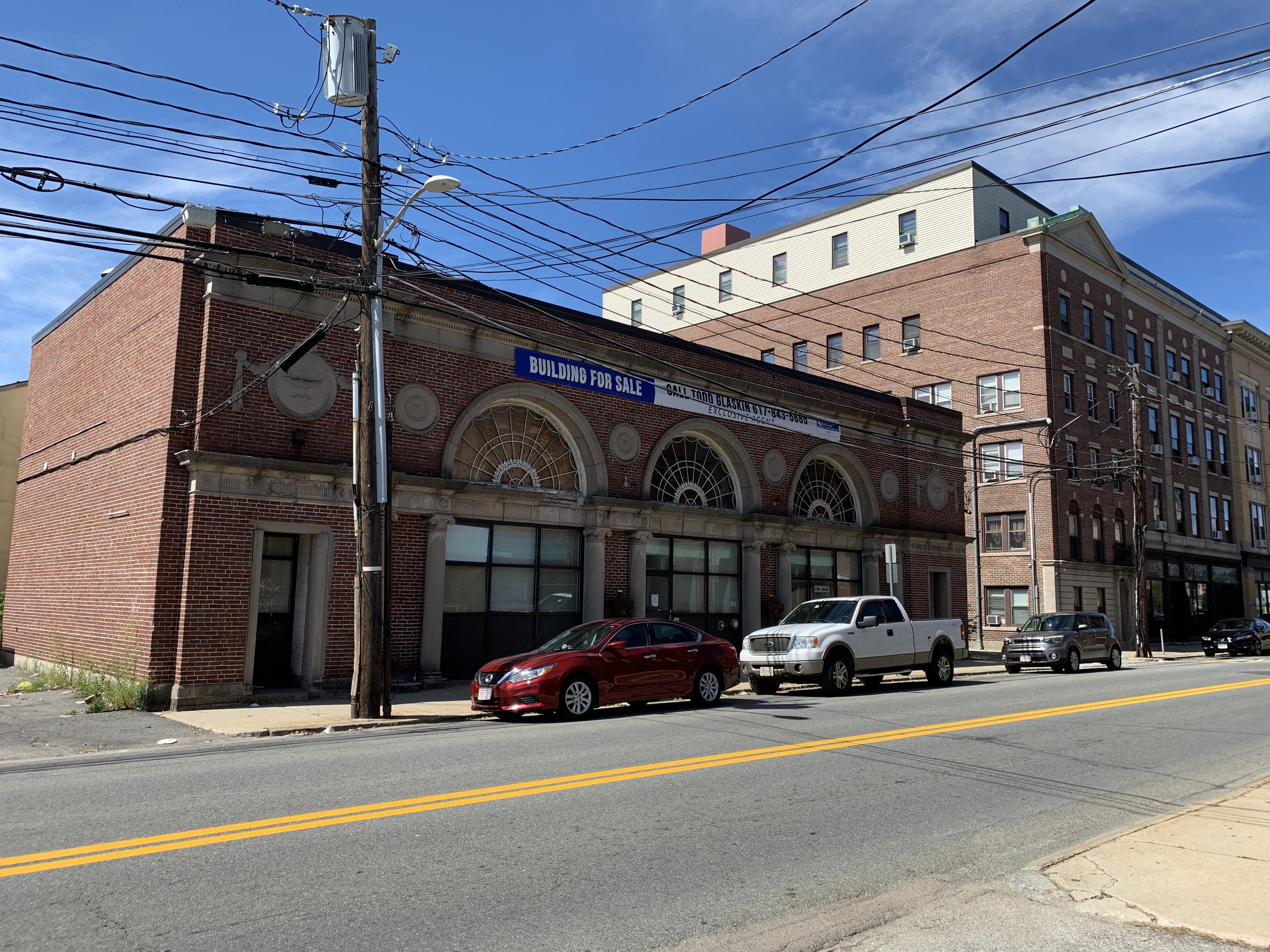Mixed-Use Feasibility Study
Framingham, MA
Commercial Residential
Completed 2020
80,000 GSF; 55 units
Mixed Use Development Feasibility Study
In 2020, OEA was commissioned to conduct a mixed use development feasibility study in downtown Framingham, Massachusetts. The study featured an architectural and code / life safety evaluation of an existing, historic building and site at 105 Irving Street in Framingham, Massachusetts. The study included a zoning analysis, highest and best use recommendations, an outline of the project approvals process, preliminary construction cost evaluation and a high level mixed-use market analysis.
The existing office building dates back to its construction in c. 1927-1928 for the West Boston Gas Company. The building is listed in the Framingham Cultural Resource Inventory and is located within the Irving Square Historic District. While not a protected building, the historically significant, neoclassical facade is worthy of restoration and will be an important consideration in any City approvals process. Best use recommendations for the historic building portion of the project included cafe, restaurant, co-working and/or community-based activity spaces.
Framingham is a small city of approximately 75,000 residents. Situated twenty miles west of Boston, in the MetroWest subregion of the Greater Boston Metropolitan Area. The property is located within Framingham's Central Business District, a short walk from the Massachusetts Bay Transportation Authority's (MBTA's) Framingham/Worcester commuter rail line, as well as to various businesses and services along Hollis Street and Concord Street. Recently completed mixed-use / multifamily developments within walking distance include the 210,000 GSF, 196-unit Alta Union House, at 55-75 Concord Street, Modera, a 375,000 GSF, 270-unit development at 266 Waverly Street and 68 South Street, a 19,232 GSF, 16-unit multi-family apartment building. Framingham's recent changes to zoning, both to revitalize its urban center and to encourage Transit Oriented Development (TOD), has been a catalyst behind this new development trend.












